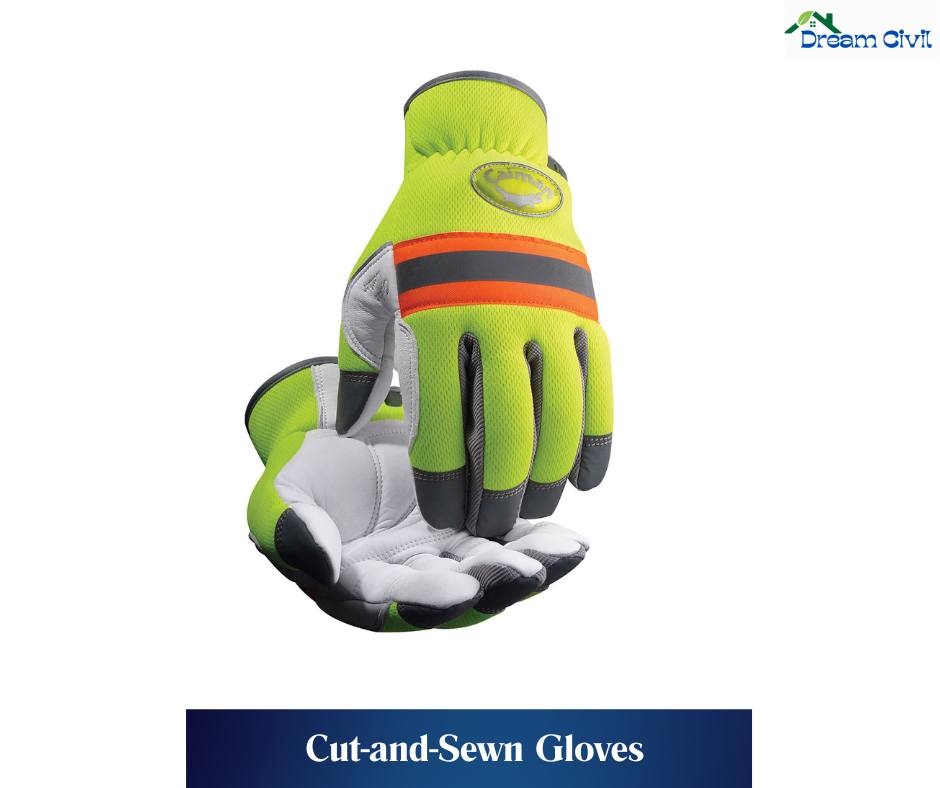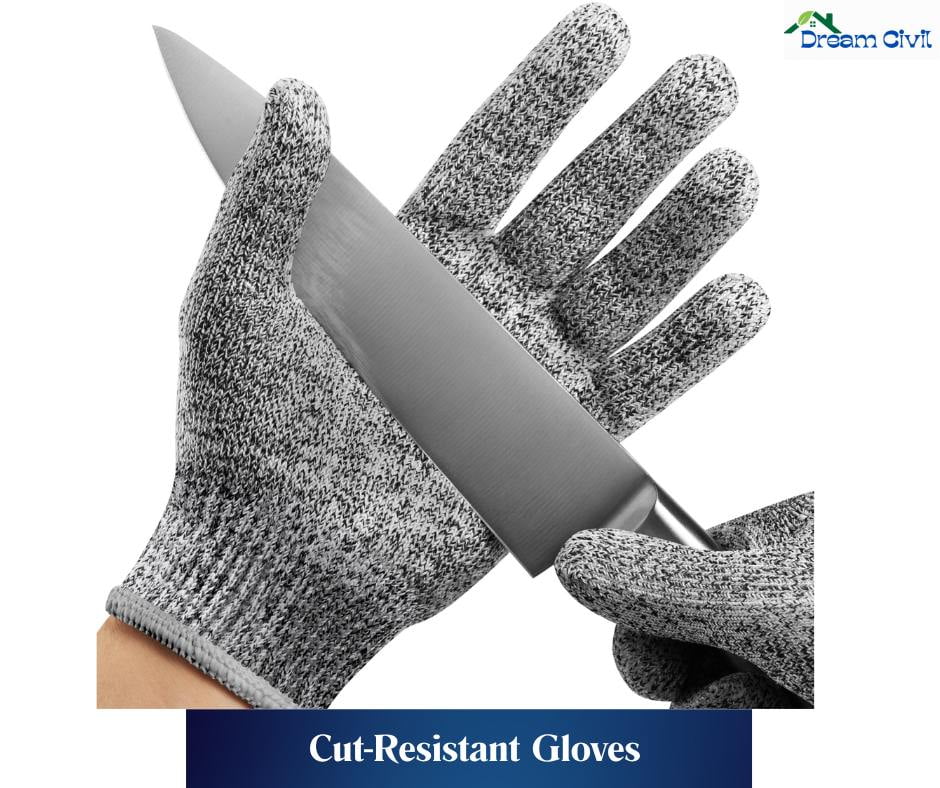Table of Contents
A. What is the Use of Cut Resistant Fabrics in Cut Resistant Gloves?
✓ Cut-resistant fabrics protect individuals from accidents and occupational hazards involving slashing or cutting actions.
✓ These fabrics have various applications in different industries, including culinary, military, construction, and forestry.
✓ Manufacturing cut-resistant textiles involves using different materials, including metallic substances, Para-aramid, high-modulus polyethylene, and high-density structural materials.
B. What are Cut Resistance Dimensions?
✓ Cut resistance is a multifaceted property influenced by force, direction, blade sharpness, cut length, and object flexibility.
✓ The evaluation of cut-resistant products should consider the specific type of cut risk and the environment they are expected to encounter.
C. What are Cut-Resistant Gloves? With Types
✓ Cut-resistant gloves are essential to personal protective equipment (PPE), designed to safeguard hands from cuts when working with sharp tools.
✓ These gloves can be categorized into three types:
1. Metal Mesh Gloves:

✓ These gloves are commonly used in food applications and are constructed in a chainmail-like pattern using stainless steel rings.
2. Cut-and-Sewn Gloves:

✓ These gloves are made by incorporating cut-resistant materials or using conventional materials with a lining of cut-resistant materials. The materials are cut to shape and sewn into glove form.
3. Seamless Knitted Gloves:

✓ Produced in one piece by a flat knitting machine, these gloves use high-performance materials like para-aramid, polyethylene, unique polyvinyl acetate, steel wire, or fiberglass yarns to provide cut protection.
✓ These gloves may have solid or foamed latex, nitrile, or polyurethane coatings.
What are the Standards for Evaluation of Cut Resistant Gloves?
EN 388:2016
✓ To check how well a material resists cuts, there’s a method called the EN 388:2016 standard or “coup” test. In this test, a round blade of 40mm size spins against the material with a force of 5N. The blade moves back and forth over a distance of about 50mm.
✓ The number of times the material can withstand cuts is recorded and compared to a standard cotton fabric. A score between “0” and “5” is given, where “0” means the material breaks quickly, and “5” means it lasts a long time.
✓ In 2016, EN 388 was updated, and a significant change was the introduction of ISO 13997:1999. Now, instead of just numbers, the test uses letters A-F to show cut resistance levels. This is similar to the ANSI/ISEA 105-2016 standard in North America, which uses a scale of A1-A9 cut levels.
ASTM F2992-15
✓ There’s also another test called ASTM F2992-15, similar to ISO 13997:1999. This test uses a tomodynamometer (TDM), where a razor blade is moved across a material under different loads.
✓ The distance the blade cuts through the material is measured. The result is compared to the levels in ANSI/ISEA 105-2016, and it determines the ANSI Cut Level, indicating how well the material can resist cuts.
What is the Importance of Cut Resistant Gloves In Construction Safety?
✓ Keeps hands safe from cuts and sharp materials on construction sites.
✓ Helps workers use tools with confidence, preventing injuries from sharp edges.
✓ Reduces hand injury risks for uninterrupted work and project progress.
✓ Meets safety standards, ensuring compliance with construction site regulations.
✓ Versatile gloves for all construction tasks, offering comprehensive hand protection.
| Read Also: Tools Used for Stone Dressing |
| Verified Article By Er. Madhu Krishna Poudel |

